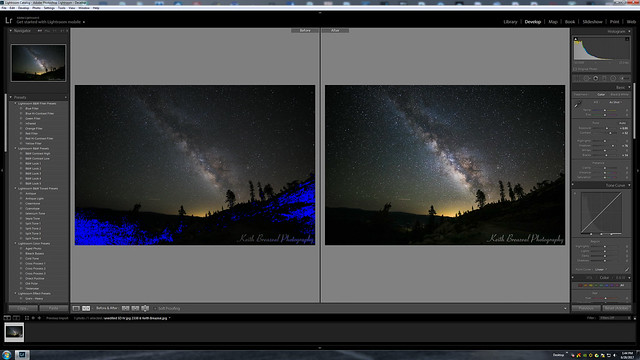So this weekend past, I attended an astrophotography workshop with my camera club.
And I loved it!
I have a few questions though and I hope you guys can give me some advice please
Editing Software
We got loads of advise as to what software should be used but as I'm a Windows user, most of what was suggested is not available to me.
I can get my panos this far (see insert, not my image) but I'm not sure how to get the image close to rectangular and how to correct the distortion on the stars at the top of the stitched pano.
Any recommendations on editing software for Windows?
Geared Head Good Enough?
I love my geared head and was wondering if it is sufficient for astro or should I lay down some cash for a pano head and leveling base
Samyang XP 14mm f/2.4 Lens (Canon)
I have some f/2.8 & f/4.0 lenses. Any opinions on the newer Samyang 14mm?
Sorry for all these noob questions but I really cannot think of a better forum to pitch these questions. I remember jrista had an awesome post but I couldn't find it
Thanks in advance everybody
And I loved it!
I have a few questions though and I hope you guys can give me some advice please
Editing Software
We got loads of advise as to what software should be used but as I'm a Windows user, most of what was suggested is not available to me.
I can get my panos this far (see insert, not my image) but I'm not sure how to get the image close to rectangular and how to correct the distortion on the stars at the top of the stitched pano.
Any recommendations on editing software for Windows?
Geared Head Good Enough?
I love my geared head and was wondering if it is sufficient for astro or should I lay down some cash for a pano head and leveling base
Samyang XP 14mm f/2.4 Lens (Canon)
I have some f/2.8 & f/4.0 lenses. Any opinions on the newer Samyang 14mm?
Sorry for all these noob questions but I really cannot think of a better forum to pitch these questions. I remember jrista had an awesome post but I couldn't find it
Thanks in advance everybody







